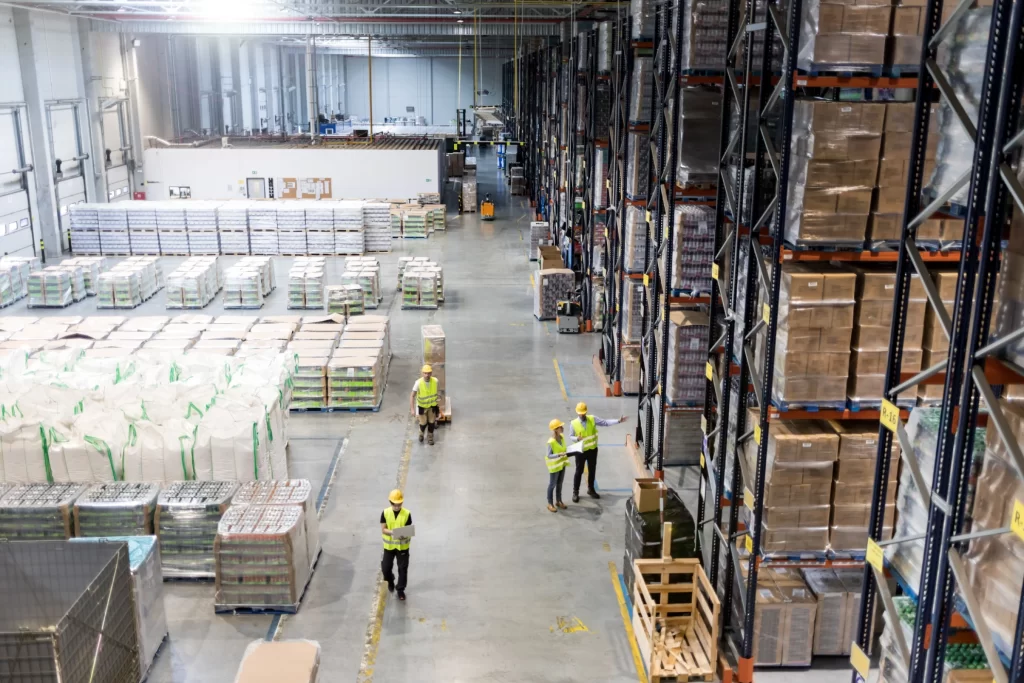A pallet (also called a “skid”) is a structure that supports products and goods in a stable fashion while being lifted by a forklift, front loader or pallet jack. It is usually made of wood or plastic boards (sometimes called stringers). A standard pallet is 40 by 48 inches in size, and can be built as a 2-way or 4-way (referring to what sides it can be lifted from.
Boxes or cases are stacked onto the pallet to store or transport them safely to another destination.
When it comes to warehousing and transportation, one tool that plays a crucial role in ensuring the safe and efficient movement of goods is the pallet. A pallet is a flat structure that supports products and goods in a stable fashion while being lifted by a forklift, front loader or pallet jack. It is usually made of wood or plastic boards, sometimes referred to as stringers.
One of the key benefits of using pallets is that they provide a uniform and standardized method for storing and moving products. Pallets come in a variety of sizes, but the most common size is 40 by 48 inches. This standard size makes it easier to stack and transport goods, as most trucks and shipping containers are designed to accommodate pallets of this size. In addition, the use of pallets helps to prevent damage to products during transportation, as the products are securely stacked and protected on the pallet.
Pallets also offer a number of advantages in terms of efficiency and labor savings. By using pallets, products can be easily moved and lifted by forklifts, front loaders, and pallet jacks, reducing the need for manual labor and increasing productivity. Pallets can also be easily loaded and unloaded from trucks and shipping containers using specialized equipment, reducing the time and effort required for loading and unloading.
Another important feature of pallets is the ability to stack boxes or cases onto the pallet to store or transport them safely to another destination. This makes it easier to manage inventory and reduces the risk of damage or loss during transportation. In addition, pallets can be customized to suit specific needs, such as adding additional support or modifying the size to fit the specific product being transported.
When it comes to choosing the right type of pallet, there are a few factors to consider. For example, wooden pallets are often preferred due to their durability and low cost, but plastic pallets may be preferred for certain industries, such as food or pharmaceuticals, where hygiene and contamination are major concerns. Pallets can also be classified as 2-way or 4-way, depending on the sides from which they can be lifted. 4-way pallets are generally preferred, as they offer greater flexibility and ease of movement.
In conclusion, the pallet is a simple but essential tool that plays a crucial role in the warehousing and transportation of goods. By providing a standardized and efficient method for storing and moving products, pallets help to reduce labor costs, increase productivity, and ensure the safe transportation of goods. When choosing pallets, it’s important to consider the specific needs and requirements of your industry, as well as the size and weight of the products being transported. With the right pallets and equipment, you can streamline your operations and improve your bottom line.




